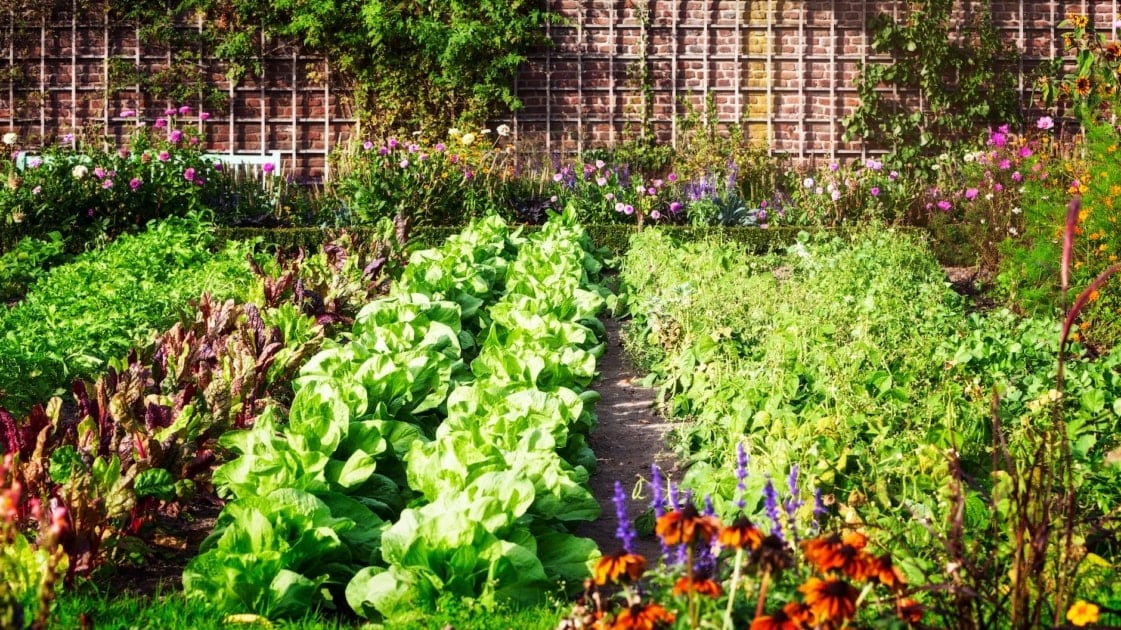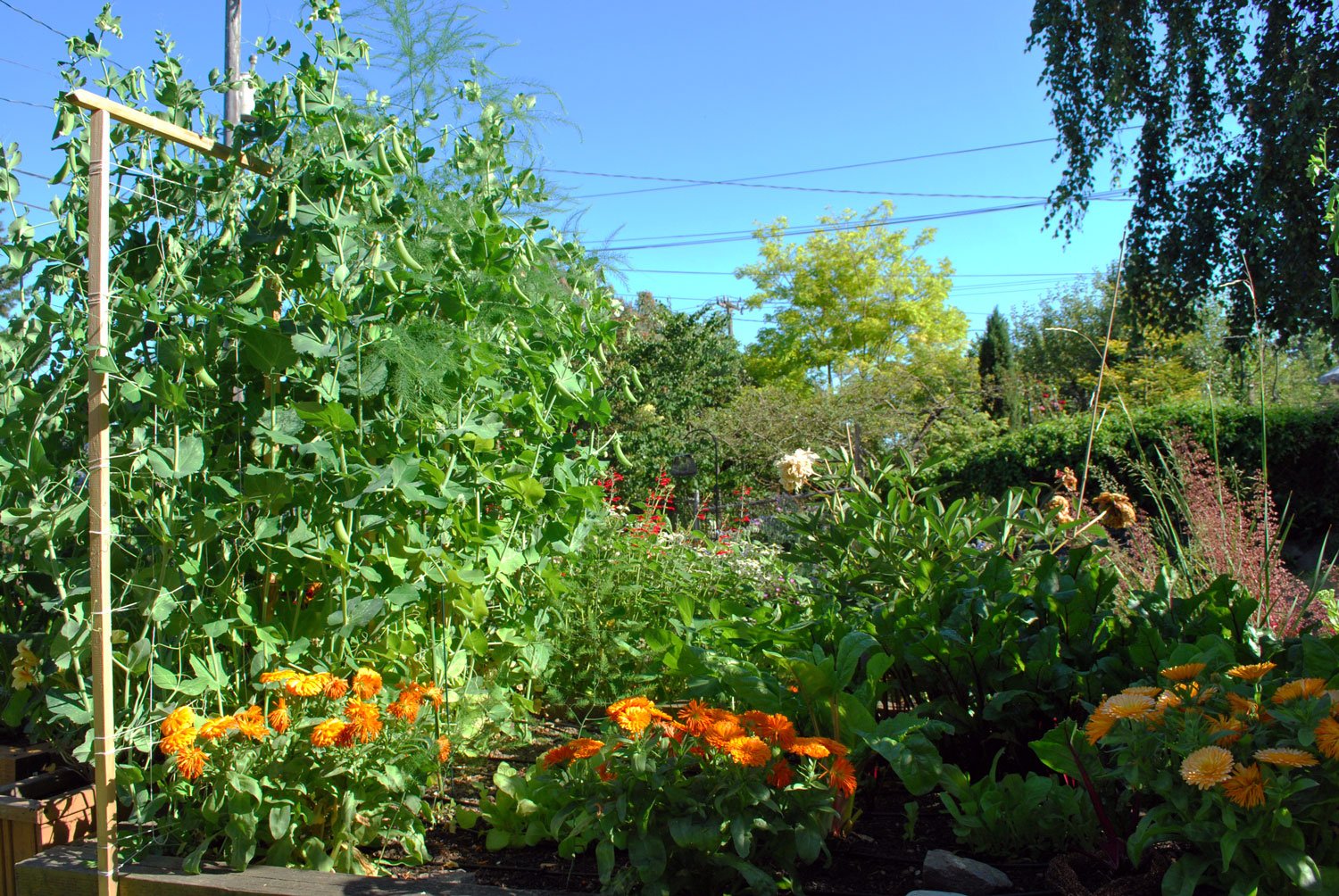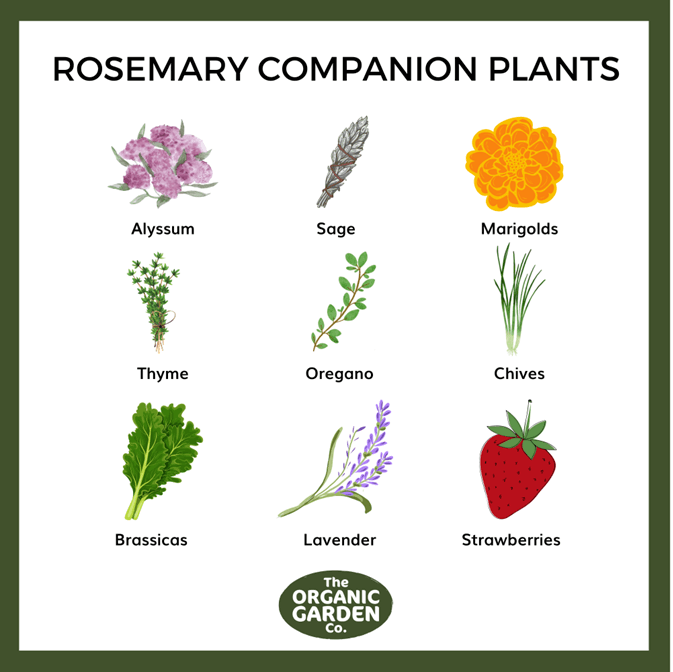Companion Container Gardening: The Ultimate Guide To Growing Healthy And Productive Plants In Small Spaces
Companion Container Gardening: The Ultimate Guide to Growing Healthy and Productive Plants in Small Spaces
Do you live in a small apartment or have a limited outdoor space? Don't let that stop you from enjoying the benefits of gardening! Companion container gardening is a great way to grow healthy and productive plants in even the smallest of spaces.
In this guide, we will teach you everything you need to know about companion container gardening, from choosing the right plants to caring for your garden. We will also share some of our favorite companion plant combinations so you can get started right away.
What is companion container gardening?
Companion container gardening is the practice of planting different types of plants together in containers. The idea is that certain plants can benefit each other by attracting beneficial insects, repelling pests, or improving the soil quality.
There are many different ways to do companion container gardening. You can choose plants that have similar needs, such as sun exposure and water requirements. You can also choose plants that have complementary growth habits, such as tall plants that provide shade for shorter plants.
Why companion container gardening?
There are many benefits to companion container gardening. Here are a few of the most important:
- It can help you grow healthier and more productive plants.
- It can help you save space.
- It can help you attract beneficial insects and repel pests.
- It can help you improve the soil quality in your containers.
- It can be a fun and rewarding hobby.
How to choose the right plants
When choosing plants for your companion container garden, there are a few things you need to keep in mind:
- Sun exposure: Make sure to choose plants that have similar sun exposure needs. If you have a sunny balcony, you can plant tomatoes, peppers, and herbs. If you have a shady patio, you can plant lettuce, spinach, and chives.
- Water requirements: Make sure to choose plants that have similar water requirements. If you live in a dry climate, you can plant drought-tolerant plants like cacti and succulents. If you live in a humid climate, you can plant moisture-loving plants like tomatoes and cucumbers.
- Growth habit: Consider the growth habit of each plant when choosing companion plants. Tall plants can provide shade for shorter plants, while spreading plants can help to fill in empty spaces.
- Pests and diseases: Some plants can help to repel pests and diseases. For example, marigolds can help to repel aphids, and basil can help to repel mosquitoes.
How to care for your companion container garden
Once you have planted your companion container garden, it is important to care for it properly. Here are a few tips:
- Water your plants regularly, especially during hot weather.
- Fertilize your plants every few weeks with a balanced fertilizer.
- Remove dead or diseased leaves to prevent the spread of pests and diseases.
- Watch for pests and diseases and treat them promptly if they occur.
- Harvest your vegetables and herbs when they are ripe.
Conclusion
Companion container gardening is a great way to grow healthy and productive plants in even the smallest of spaces. By following the tips in this guide, you can create a beautiful and bountiful garden that will provide you with fresh food all season long.
If you're looking for a way to grow fresh vegetables in a small space, companion container gardening is a great option. By planting certain plants together, you can help them thrive and deter pests. For example, tomatoes and basil are a classic companion plant combination. The basil helps to repel tomato hornworms, while the tomato plant provides support for the basil.
There are many other great companion plant combinations for container gardens. Some of my favorites include:
- Beans and carrots: Beans fix nitrogen in the soil, which is beneficial for carrots.
- Lettuce and tomatoes: Lettuce helps to suppress weeds and attract beneficial insects, while tomatoes provide shade for the lettuce.
- Potatoes and marigolds: Marigolds help to repel potato beetles.
- Spinach and onions: Onions help to repel aphids and other pests.
If you're not sure which plants to pair together, there are many resources available online and at your local library. You can also find companion plant charts at many garden centers.
For more information about companion container gardening, I recommend visiting Gardenia Inspiration. This website has a wealth of information on the topic, including plant profiles, planting guides, and recipes.
FAQ of companion container gardening
What are the benefits of companion container gardening?
There are many benefits to companion container gardening, including:
* Increased yields: Companion plants can help to attract beneficial insects, which can help to control pests and diseases. This can lead to healthier plants and a higher yield of produce.
* Improved soil health: Some companion plants can help to improve the soil quality, which can benefit all of the plants in your container garden.
* Reduced watering needs: Some companion plants can help to shade the soil and retain moisture, which can help to reduce your watering needs.
* Enhanced flavor: Some companion plants can actually enhance the flavor of other plants. For example, basil can be planted near tomatoes to improve their flavor.
* Visual appeal: Companion plants can be chosen to complement each other in terms of color, size, and shape, which can create a visually appealing container garden.
- What are some good companion plants for container gardening?
There are many different companion plants that can be used in container gardening. Some popular combinations include:
* Basil and tomatoes: Basil can help to repel tomato hornworms and other pests, and it can also enhance the flavor of tomatoes.
* Cucumbers and nasturtiums: Nasturtiums can help to attract beneficial insects that can help to control pests, and they can also help to deter cucumber beetles.
* Lettuce and carrots: Lettuce can help to shade the soil and prevent it from drying out, and carrots can help to improve the drainage of the soil.
* Potatoes and beans: Potatoes and beans can help to fix nitrogen in the soil, which can benefit both plants.
* Sunflowers and marigolds: Sunflowers can help to attract beneficial insects, and marigolds can help to repel pests.
- What size containers should I use for companion container gardening?
The size of the container you use will depend on the size of the plants you are growing. For small plants, such as herbs, you can use a 1-gallon container. For larger plants, such as tomatoes, you will need a 5-gallon container or larger. It is important to make sure that the container has drainage holes to prevent the roots from rotting.
- How often do I need to water my companion container garden?
The frequency of watering will depend on the size of the container, the type of plants you are growing, and the climate you live in. In general, you will need to water your container garden more often during hot, dry weather. You can check the moisture level of the soil by sticking your finger into it. If the soil is dry to the touch, it is time to water.
- How do I fertilize my companion container garden?
You should fertilize your companion container garden every few weeks during the growing season. Use a balanced fertilizer that is specifically formulated for container plants. Follow the directions on the fertilizer label carefully.
Image of companion container gardening
5 different images of companion container gardening from pinterest.com:
- A container garden with tomatoes, basil, and chives. Tomatoes and basil are a classic companion plant pairing, as the basil helps to deter pests from the tomatoes. Chives are also a good companion plant for tomatoes, as they help to improve the flavor of the tomatoes.
- A container garden with carrots, marigolds, and lettuce. Marigolds are often used as companion plants for carrots, as they help to deter pests such as carrot flies. Lettuce is also a good companion plant for carrots, as it helps to shade the roots of the carrots and prevent them from getting too hot.

- A container garden with cucumbers, nasturtiums, and radishes. Nasturtiums are often used as companion plants for cucumbers, as they help to deter pests such as cucumber beetles. Radishes are also a good companion plant for cucumbers, as they help to improve the flavor of the cucumbers.

- A container garden with beans, peas, and spinach. Beans and peas are legumes, which means that they can fix nitrogen in the soil. This is beneficial for spinach, as spinach is a nitrogen-hungry plant.

- A container garden with herbs, such as rosemary, thyme, and oregano. Herbs are often grown together in container gardens, as they can complement each other's flavors. For example, rosemary and thyme can be used together to flavor roasted vegetables, while oregano can be used to flavor tomato-based dishes.

Post a Comment for "Companion Container Gardening: The Ultimate Guide To Growing Healthy And Productive Plants In Small Spaces"